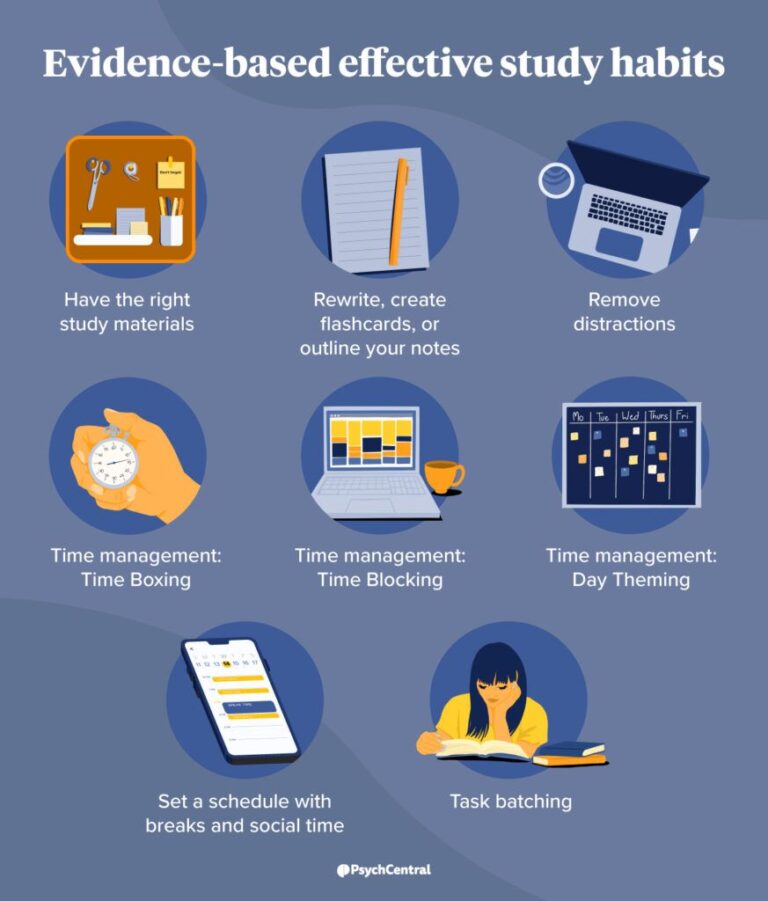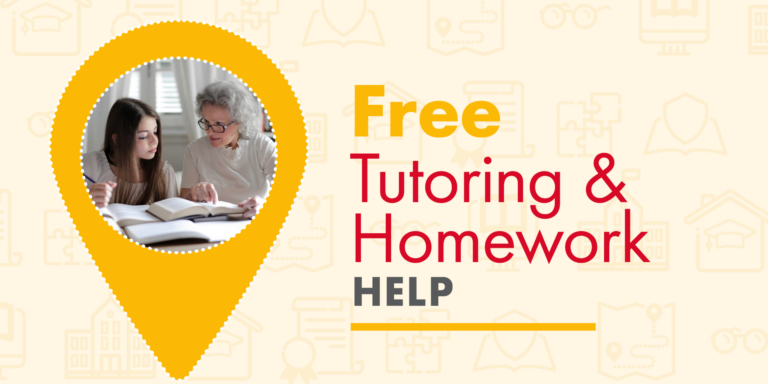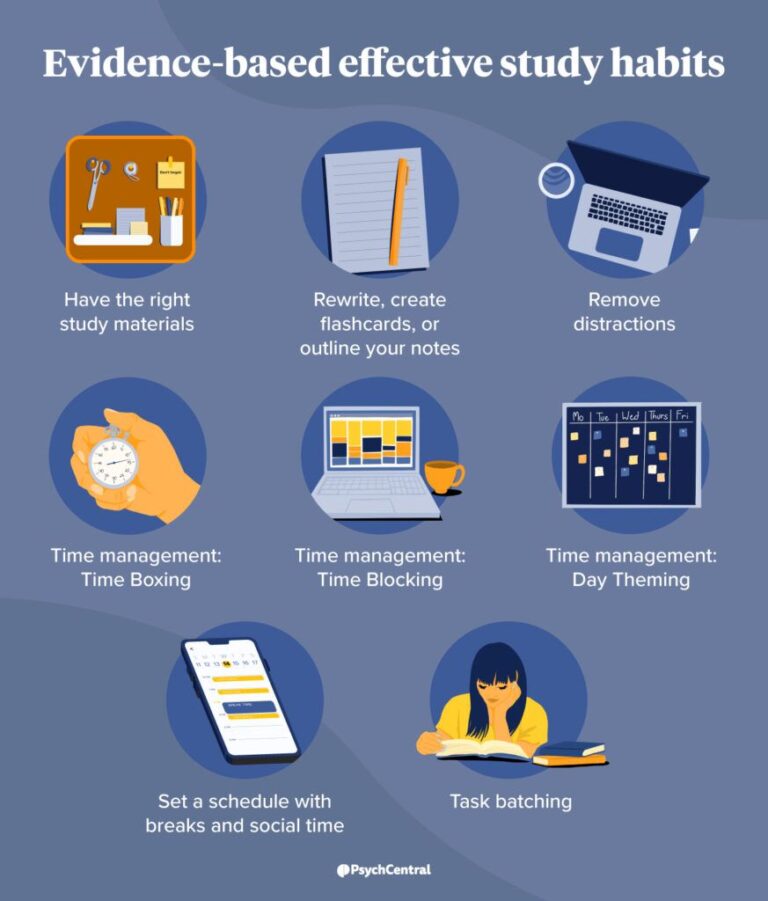The Impact of Virtual Reality in Education: A Game-Changer for Learning
Virtual Reality (VR) is reshaping the education landscape, offering innovative ways to engage students and enhance learning experiences. By immersing students in virtual environments, VR helps make complex subjects more tangible, exciting, and interactive. Whether it’s through simulated lab experiments, historical tours, or virtual classrooms, VR technology is enabling educators to bridge gaps that traditional teaching methods struggle to address. As VR continues to evolve, its potential to revolutionize education grows, making it an essential tool for modern learning. This article explores the profound impact of Virtual Reality in education and how it’s transforming the way students learn.
How Virtual Reality Enhances Engagement and Interaction in Classrooms
Traditional education often relies on lectures and textbooks to deliver content, but these methods can sometimes fail to fully engage students. VR changes this dynamic by offering immersive, interactive experiences that captivate learners and make lessons more engaging. Students can explore virtual worlds, interact with 3D models, and participate in simulations that provide a hands-on experience. This immersive approach helps students retain information better by connecting them emotionally to the content. For example, instead of reading about ancient civilizations, students can “walk” through a recreated ancient city in a VR environment, making history come alive in ways that textbooks cannot.
VR’s Role in Overcoming Learning Barriers
Virtual Reality has the power to break down various barriers in education, especially for students with different learning styles or physical disabilities. For students who struggle with traditional learning methods, VR offers alternative pathways to understanding and interacting with educational material. It provides a more visual and experiential form of learning, which is particularly beneficial for kinesthetic learners those who learn best by doing. Moreover, VR can offer a more inclusive experience by allowing students with disabilities to participate in activities they might otherwise be excluded from. For instance, a student with mobility issues can take part in virtual field trips or explore scientific concepts in a fully interactive environment, which may not be possible in the real world.
The Effectiveness of VR in Practical and Hands-On Learning
One of the most significant advantages of VR in education is its ability to facilitate practical, hands-on learning without the associated risks or costs. In fields like medicine, engineering, and science, VR can simulate real-world environments that allow students to practice their skills safely. Medical students can perform virtual surgeries, engineering students can test designs in virtual labs, and chemistry students can conduct experiments without needing a physical laboratory. This virtual practice ensures that students can learn complex, high-stakes skills in a controlled and low-risk environment, offering them invaluable experience before working in the real world.
Virtual Reality’s Impact on Distance Learning and Virtual Classrooms
In recent years, VR has played a pivotal role in expanding the reach of education beyond traditional classrooms. With the rise of distance learning, VR technology is enabling fully immersive virtual classrooms where students can interact with instructors and peers in a 3D space. These virtual classrooms replicate the social interaction found in physical classrooms, creating a more collaborative and engaging learning environment. VR-based distance learning platforms allow students to attend classes, participate in discussions, and work on projects in real-time, regardless of their geographical location. This makes education more accessible to people worldwide, providing opportunities for those who might otherwise be excluded from traditional education systems.
Preparing Students for the Future with VR-Driven Skills Development
The use of Virtual Reality in education is not just about enhancing current learning experiences; it’s also preparing students for the future. As industries like healthcare, engineering, and technology continue to embrace VR for training and simulation purposes, students exposed to VR in their education will be better equipped for these evolving job markets. By familiarizing students with VR early on, educational institutions are helping them develop important digital skills that are becoming increasingly vital in today’s workforce. Additionally, VR allows students to engage with cutting-edge technologies that help them stay ahead of the curve, making them more competitive candidates for future careers in high-tech industries.
Frequently Asked Questions (FAQs)
1. How does Virtual Reality improve learning outcomes?
VR enhances learning by providing immersive, interactive experiences that engage students, promote active participation, and improve information retention.
2. What are the benefits of VR for students with learning disabilities?
VR offers alternative learning pathways by providing visual, hands-on experiences that cater to different learning styles and allow for more inclusive education.
3. How can VR be used in practical fields like medicine or engineering?
VR enables students to practice complex, hands-on skills in a risk-free environment, such as conducting surgeries or testing engineering designs, before applying them in real-world situations.
4. Can VR be used in distance learning?
Yes, VR is increasingly used in distance learning to create immersive virtual classrooms where students can interact with teachers and peers, providing a more engaging and collaborative experience.
5. How does VR prepare students for future careers?
By exposing students to VR technology, they develop crucial digital skills and gain experience with tools that are already being used in many industries, making them better prepared for the workforce.


